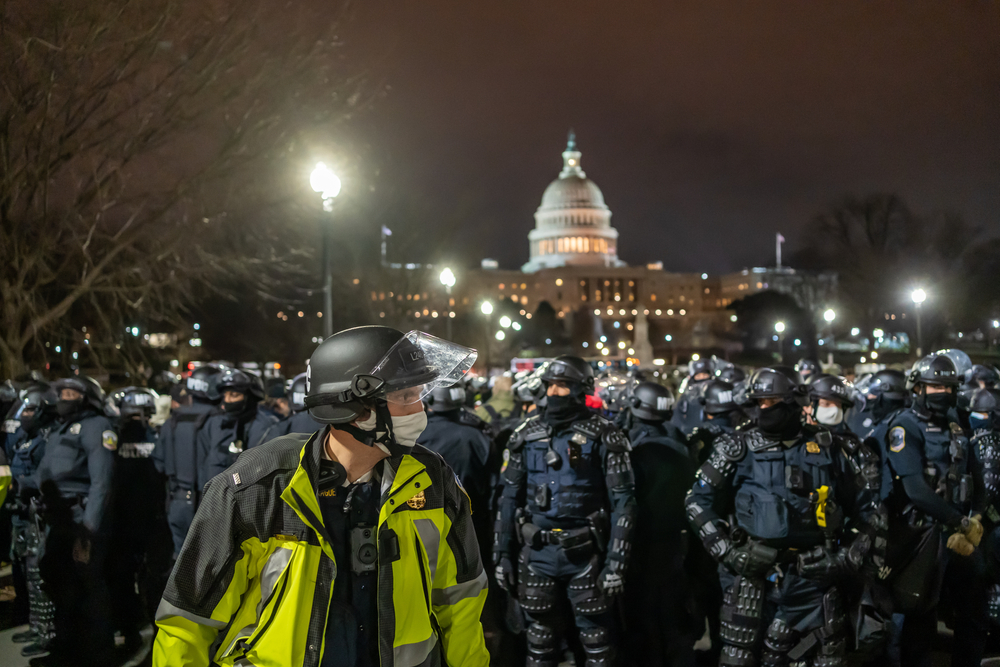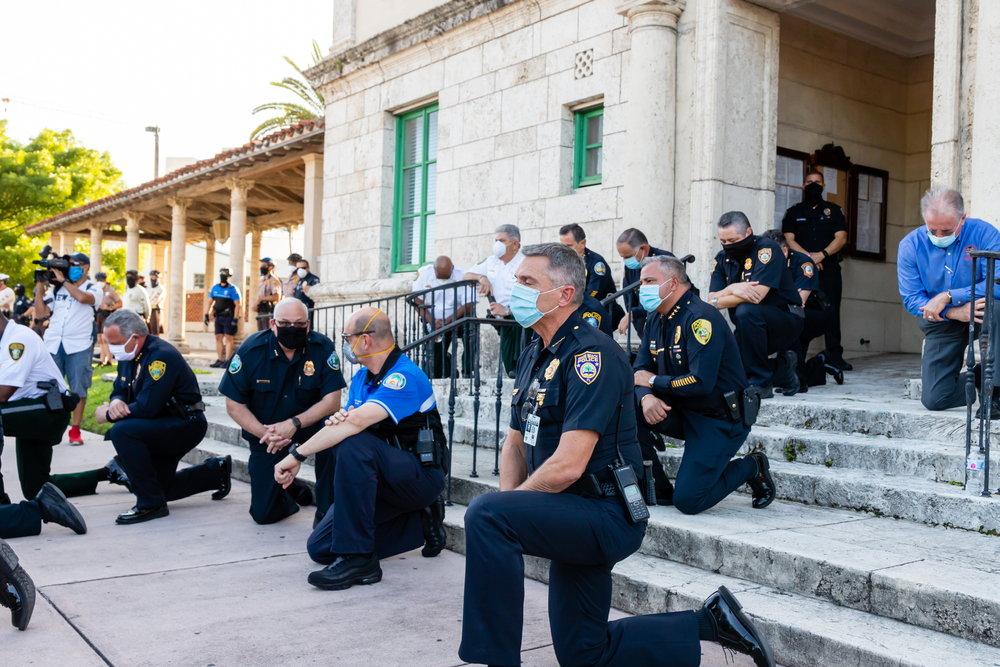Reduced prison sentences lead to deportation for hundreds
More than 7,000 federal prisoners saw their sentences reduced by the 2018 First Step Act. But hundreds of those people face deportation.
Some call First Step an example of inflated hopes and modest reality. While it decreases prison overcrowding and improves prison conditions, it does not result in true freedom for those non-citizens who then face deportation, according to a new report from the U.S. Sentencing Commission.


New York City Attorney Dora Schriro, who has worked in corrections reforms for many years, says this act is not the first effort to release individuals into the community with job skills to improve their success. In this case, though, there is controversy over the U.S. Immigration and Customs Enforcement’s Criminal Alien Program.
The immigration services says it has “detainers’’ on people about to be released, meaning they could continue to legally hold them, she said.
“In fact, in all instances, what they refer to as a detainer is merely a request. So, increasingly, city and state systems were exercising far more discretion whether or not to cooperate with ICE.”
RELATED: Is coronavirus the new death penalty in America’s prisons?
RELATED: Criminal history continues punishment far beyond prison term
In some instances, the “freed” inmates remain in detention until ICE retrieves them, said Schriro, a former public safety commissioner in Connecticut, where she led police and prisons. She is also a member of the American Bar Association’s Immigration Commission.
The National Immigration Project, the National Immigrant Justice Center and other advocacy groups have concerns, as well.
“Our organizations understand the tremendous need to enact criminal justice reform and we are encouraged by some provisions in the First Step Act that would reduce disparities,” advocates said in a joint release issued by the Immigrant Legal Resource Center. “However, it is clear that the First Step Act excludes and penalizes immigrants, and ultimately, may harden disparities when it comes to non-citizen residents of the United States.”
The legislation sets a precedent that immigrants are outside the scope of criminal justice reform, the letter states. It also solidifies the notion that migrant crossings pose a national security threat and gave Trump the tools “to double down and exacerbate the problems created by former Attorney General (Jeff) Sessions’ policy on zero tolerance.”
Half of all federal prosecutions, according to the letter, are of immigrants for immigrant-related conduct. The majority of those re-entering the country were formerly permanent residents sentenced to imprisonment.
ICE plans to start the deportation process for the 750 non-citizens released from federal prisons.
“While the Trump administration has pressed to increase deportations, there is ample precedent for non-citizens being released from prison, only to be ejected from the country,” according to The Marshall Project, which curates criminal justice news from around the internet.
“In 2015, during the Obama administration, more than 6,000 prisoners were released after the nonpartisan U.S. Sentencing Commission revised sentencing guidelines for some drug crimes,” The Marshall Project reports. “More than 20 percent of those released face deportation. Tracking non-citizens who commit crimes increasingly became a federal priority since the introduction of tough-on-crime policies in the mid-1980s and cooperation increased between law enforcement and ICE after 9/11.”
Some 35,000 non-citizens make up nearly 20% of the federal prison population, with Mexico constituting the largest contingent.
Prisoners born in the Dominican Republic, Cuba and Colombia are other large identifiable groups. Nearly half of them are incarcerated for drug trafficking or similar offenses. Those convicted of immigration offenses make up 28%.
“One of the things in common between releases, whether under the president’s initiative or related to COVID-19, is this underlying dynamic,” Schriro said. “There are underlying habeas issues. Even if you have a lawful detainer, it doesn’t mean you can indefinitely hold that person for ICE to secure their prisoner. Where there were lawful requests, they still had to be addressed within 48 hours. More so in the past than now, there were recurring issues of ICE for proximity or manpower or any number of reasons that they could not be there that quickly.”
What quickly became apparent, she said, is that non-citizens scheduled for prison release were still being held in adverse conditions while awaiting transfer to ICE.
“We are seeing the same now,’’ she said. ‘’They are still subject to a detainer, even though ‘subject’ may be too strong of a word.”
The First Step Act was a convergence of issues, Schriro said.
“Looking for prison reform is a standalone issue, but you have this convergence with COVID. I don’t think it was anticipated, but in a perfect world, now that it is increasingly obvious this is a consequence intended or otherwise, additional steps should be taken to stop just moving from one system of incarceration to another system of incapacitation.”
“Once detained by ICE, those released from federal prisons can theoretically be released on bond,” said Ricardo S. Martinez, a chief U.S. district judge and chair of a federal judicial committee that reviews criminal justice bills and laws. “But more likely, they are held until they can be repatriated back to their country of origin,” he told The Marshall Project.
“Proponents of easing immigration policies say the push to change the federal prison system over the last several years stands in stark contrast to how immigrants fare in the criminal justice system. While the population of the federal prison system has declined over the past few years even as the nation’s crime rate has remained low, the proportion of non-citizens convicted of federal crimes has increased due to more aggressive prosecutions of immigration crimes.”
There are two different goals, Schriro said. “Release individuals who are no longer a risk versus at-risk if they remain detained due to health issues. You’ve got this confluence of things occurring. But now that it has come to people’s attention, this is an opportunity to revisit those assumptions and see what can build into those efforts.”




















